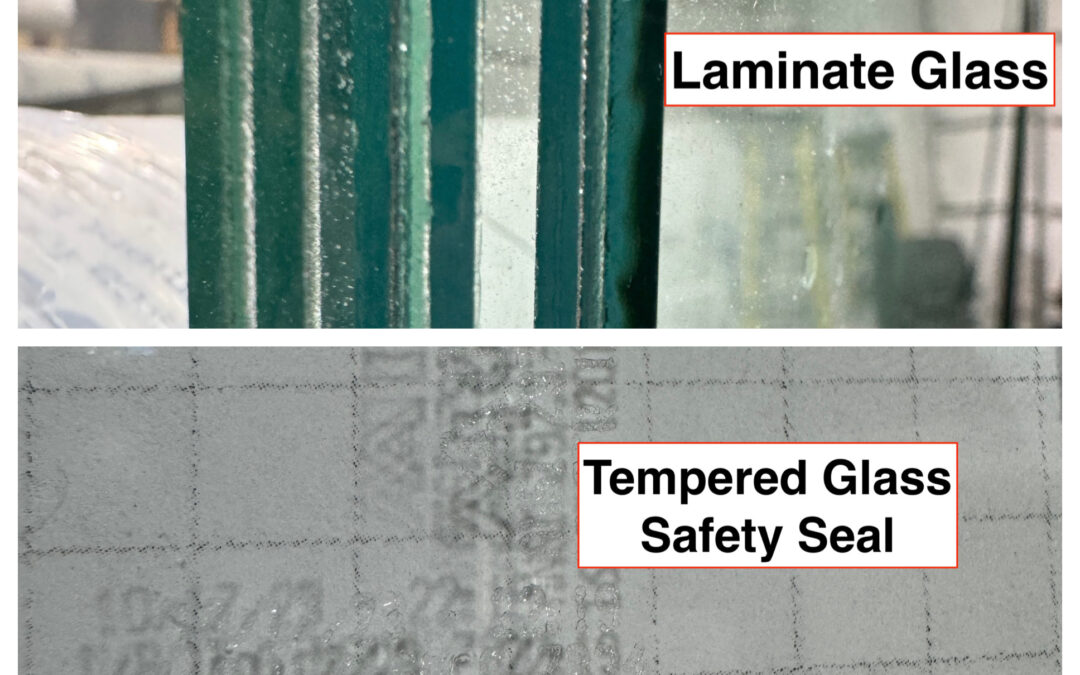Laminated glass vs. tempered glass for commercial doors: Which is better?
When choosing glass for commercial doors, there are two main types to consider: laminated glass and tempered glass. Both types of glass offer a number of benefits, but they also have some key differences.
Laminated glass is made up of two or more layers of glass that are bonded together with a thin layer of plastic. This plastic layer, called the interlayer, holds the glass together even if it is broken. This makes laminated glass much safer than regular glass, as it is less likely to shatter and cause injuries.
Tempered glass is a type of safety glass that is created by heating and then rapidly cooling regular glass. This process makes the glass much stronger and more resistant to breakage. Tempered glass is also more resistant to thermal shock, which means that it is less likely to crack or break due to sudden changes in temperature.
Which type of glass is better for commercial doors?
The best type of glass for commercial doors depends on the specific needs of the application. If security is the primary concern, then laminated glass is the better choice. Laminated glass is more difficult to break, and it will hold together even if it is broken, making it more difficult for intruders to gain entry.
If durability and impact resistance are the primary concerns, then tempered glass is the better choice. Tempered glass is much stronger than regular glass, and it is also more resistant to thermal shock.
Here is a table that summarizes the key differences between laminated glass and tempered glass:
| Feature | Laminated glass | Tempered glass |
|---|---|---|
| Strength | Weaker than tempered glass | Stronger than laminated glass |
| Impact resistance | More impact-resistant than regular glass | More impact-resistant than regular glass |
| Security | More secure than tempered glass | Less secure than laminated glass |
| Durability | Less durable than tempered glass | More durable than regular glass |
| Thermal shock resistance | Less resistant to thermal shock than tempered glass | More resistant to thermal shock than regular glass |
| Cost | More expensive than tempered glass | Less expensive than laminated glass |
Applications for laminated glass and tempered glass
Laminated glass is often used in commercial applications where security is a top priority, such as banks, jewelry stores, and government buildings. It is also used in applications where safety is a concern, such as shower doors and storefronts.
Tempered glass is often used in commercial applications where durability and impact resistance are important, such as office buildings, restaurants, and shopping malls. It is also used in applications where thermal shock resistance is important, such as oven doors and kitchen backsplashes.
Conclusion
Both laminated glass and tempered glass offer a number of benefits for commercial doors. The best type of glass to choose depends on the specific needs of the application. If security is the primary concern, then laminated glass is the better choice. If durability and impact resistance are the primary concerns, then tempered glass is the better choice.

